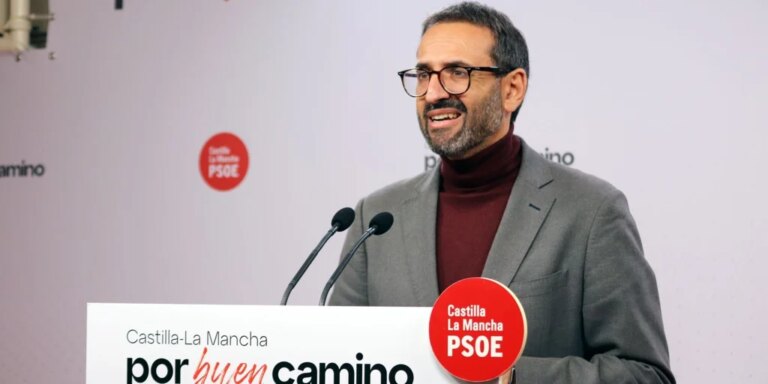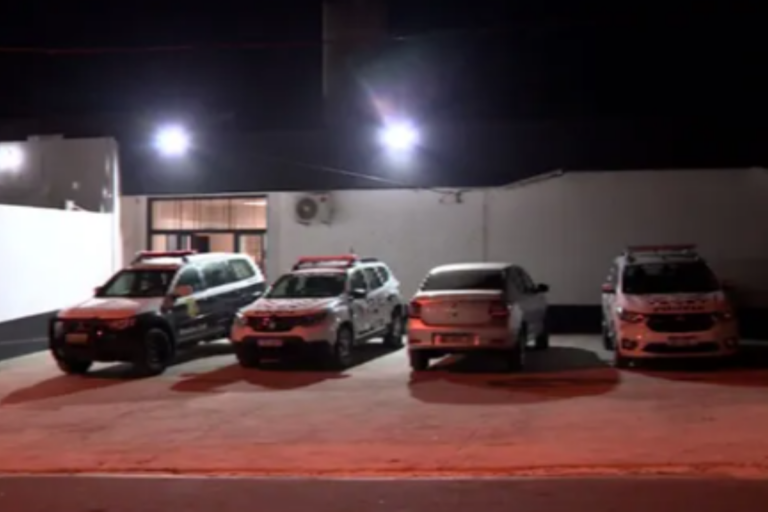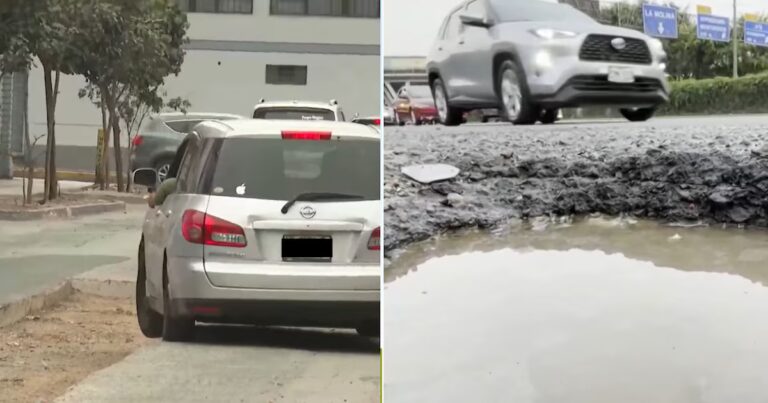
While major chains such as Cultura and Saraiva have folded or downsized over the past decade, São Paulo’s street bookstores have shown consistent growth and, as in previous years, once again serve as important community and knowledge exchange venues where cultural discussions are fostered.
Instead of going to the mall, many consumers prefer to find a cozy and professional place to buy a book, have a coffee, or attend an event. It is about saving what is about to be lost. These small establishments combine passion and business.
To make life easier for pedestrians, a group of 37 bookstores, mainly in the central and western regions of the city, have created a map marking their locations, which will be released in print and online at the end of November. The aim is to connect readers and promote literary tourism.
With a circulation of 40,000 copies, the map symbolizes the efforts of bookstores to unite around common interests in the face of competition from digital platforms and university book fairs.
The first one is disturbing because it combines an aggressive discount on the cover price with fast shipping logistics. Adalberto Ribeiro, owner of Libraria Simples in Bellavista, said the fair is very popular and attractive to consumers, but it also troubles businesses because it offers “factory prices,” a form of dumping.
“Despite these issues, our biggest problem is that there is no law that prohibits publishers from selling to end consumers and platforms from offering unlimited discounts,” says Banca Tatuí owner João Barrera. “We have been waiting for 10 years for the Cortez Act, which would put a 10% cap on new book discounts over a 12-month period to prevent premature devaluation of books.”
Despite the situation being far from ideal, mainly due to declining profit margins, bricks-and-mortar bookstores, including high street bookstores, have gained market share, opened branches and outpaced online commerce.
The latest editorial production and sales study commissioned by CBL (Brazil Chamber of Libraries) and SNEL (National Union of Book Editors) for the Nielsen Institute shows that the total revenue of these institutions dealing with general works (fiction and nonfiction) increased by 9.2% between 2023 and 2024.
Additionally, the share of revenue from these titles that comes from virtual bookstores alone decreased from 51.8% to 48.8% over the same period, while the share from physical bookstores increased from 27.1% to 29.3%. In terms of book sales volume, the share of virtual books decreased from 48.3% to 44.8%, and the share of physical books increased from 28.9% to 31.3%.
The list of bookstores on the map includes names such as Ponta de Spear, Mundos Infinitos, Casa Cosmos, Cidade de Papel, Eiffel, Megafauna, Dialogos, Tapera Taperá, Simples, Banca Tatuí, Martins Fontes, Travessa, da Vila. This initiative is also supported by several publishers, including Companhia das Letras, Rocco and Todavia.
Most of the addresses are concentrated in the Expansion Center and West Zone, but there are stores in the South and East Zones, as well as chains such as Travessa and Da Villa, which have branches in shopping malls but are rooted in the streets. Megafauna recently opened a branch in the Cultural Artista theater. And Martins Fontes occupies a large area on Calle Paulista.
But most importantly, this map proved to be a simple strategy to draw attention to a very positive phenomenon in São Paulo. Since 2020, at least 20 street bookstores have opened, making the city more humane and inviting.
Link exists: Did you like this text? Subscribers can access it for free up to 7 times a day from any link. Click on the blue F below.



